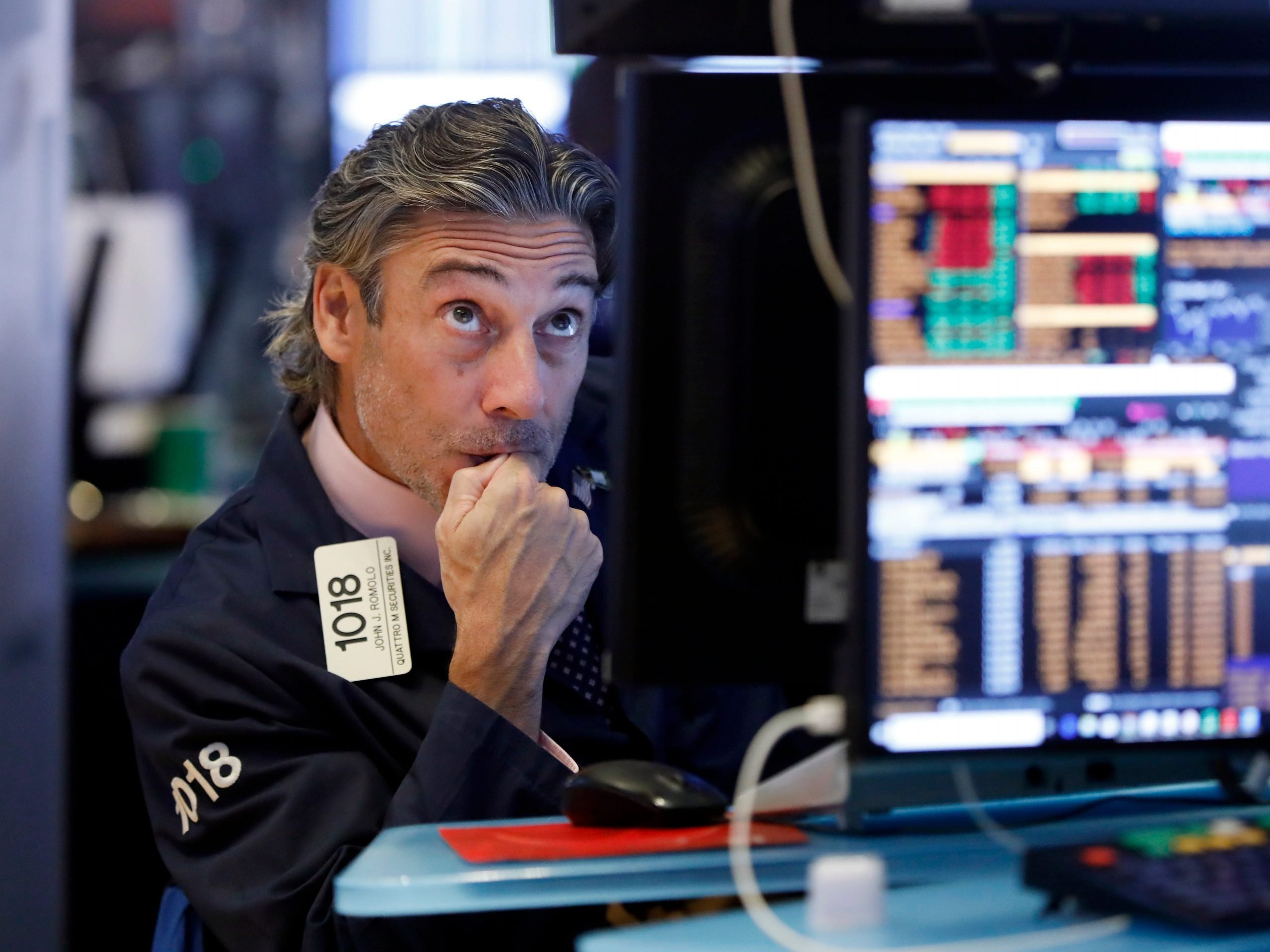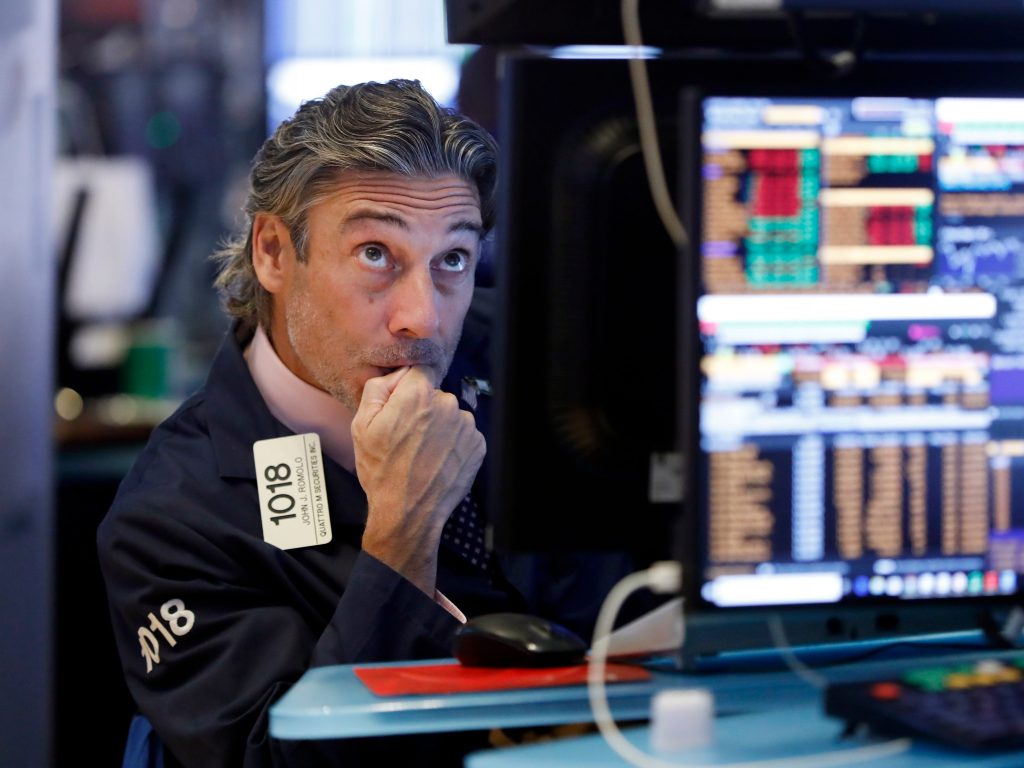
Richard Drew/Associated Press
- While inflation has hit multi-year highs, there's a risk that inflation data could be lower than markets anticipated, says Morgan Stanley.
- A miss in one or two reports could cause investors to exit inflation hedges, send real rates higher, and pressure risk assets like stocks.
- Headline inflation in May is expected to accelerate from April when it hit its highest since 2008.
- See more stories on Insider's business page.
The US inflation report for May is widely expected to show further acceleration in consumer prices but there is a risk that it and upcoming inflation readings will be lower than expected, disrupting consensus trades and sending investors scurrying out of inflation hedges, according to Morgan Stanley.
Worries about runaway inflation have led to a breakneck pace of inflows to exchange-traded funds that invest in Treasury Inflation-Protected Securities, the investment bank said in a note published Monday. April's inflation print of 4.2% was the highest since 2008 and May's reading, due Thursday, may quicken to 4.6%, according to an Econoday consensus estimate.
Core consumer prices could increase to 0.4% month over month in May and the core inflation rate could hit 3.4%. Inflation readings in April 2020 were low as the COVID-19 pandemic forced widespread lockdowns and sliced into spending.
Investors are also concerned that inflation racing higher will lead to less monetary policy accommodation by central banks including the Federal Reserve. Minutes from the Fed's meeting in April signaled it could start discussions about tapering asset purchases.
However, "we are more concerned by a "transitory tantrum", i.e., the realization that inflationary pressures are transitory indeed, reducing the need for hedges that protect against sustained inflationary pressures," Matthew Hornbach, a global macro strategist at Morgan Stanley, said in a note published Monday.
The Federal Reserve has said it sees inflation pressures from commodity prices and from bottlenecks in supply chains and the workforce subsiding and that could ultimately lead to a slower pace of price growth.
"So, if a CPI report or two disappoints expectations for high inflation readings, we could see the following occur. First, TIPS breakevens would fall, and real rates would rise," said Hornbach. This could put downward pressure on commodity prices, as well as nominal Treasury yields."
Breakevens reflect investors' expectations for inflation and real rates are adjusted for inflation. Real yields on 10-year US notes traded at negative 86 basis points on Monday.
"The rise in real rates could also pressure risk asset prices lower, like the price of equities, and put upward pressure on the US dollar. In short, it could harm many of the consensus trades in the marketplace," the strategist said. Investors could liquidate TIPS holdings either via cash security sales or TIPS ETF sales, he said.
The US Dollar Index, which measures the greenback's value against a basket of six other currencies, has been hovering around the 90 level and is below this year's high above 93 that it reached in late March.
"A hawkish Fed," meanwhile, "would send real rates higher, which could disrupt popular trades, including curve steepeners in the US, short US dollar positions, long positions in risk assets like equities, and positions that benefit from low real rates, like gold or cryptocurrencies," said Hornbach.
The May inflation report will be released by the US Department of Labor.

